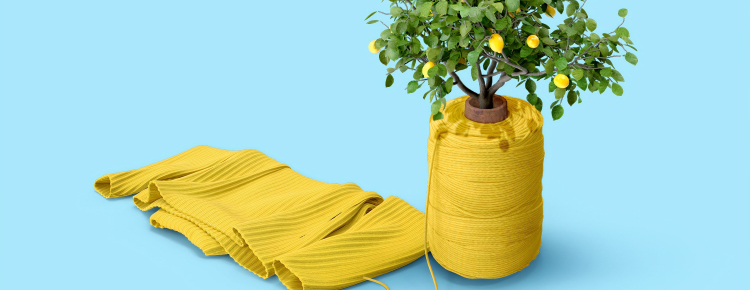
When it comes to buying things, from the occasional fancy dinner to luxurious decor items, we don’t mind paying huge amounts of money. But when asked to spend similar amounts on fashion, we often hesitate since we have been conditioned into preferring cheap and new trends regularly. While we easily spend our money on other products with a short lifetime, as consumers we still prefer cheaper clothes as our usage is also short. Instead shouldn’t we aim for higher quality fashion choices, and think of clothes as more of an investment as well?
Even in earlier times, people had to pay huge prices for high-end garments, and small retailers would wait for these garments to be a hit before manufacturing their similar designs. Fast fashion was born out of the need to produce new trends quickly and with the least production cost. Garments made under fast fashion often do not last long as they are manufactured with the goal of faster and larger consumption, to profit the industry as the products need to get replaced within short periods of time. To decrease production value and increase the company profits, cheap fabrics and raw materials are often chosen over quality. This overall also leads to a cheaper cost of the final product as compared to high-end fashion which attracts a larger audience and caters to the growing needs of the consumers.
While clothing is one of our basic necessities, it’s often seen that we tend to widely segregate our needs and their personal value factor. For example, one might value their branded dresses as a possession more than our regular shirts. We consider things valuable if they’re either expensive or have some form of emotional presence in our lives. However, instead of settling for cheaper and low-quality products, we should rather think of buying clothes as an investment in economic and sustainable fashion choices.
A good way to ensure that your clothes are not being replaced before their full lifetime is completed is recycling and reusing them. Recycling can be done using two major processes; open-loop recycling (down-cycling) and closed-loop recycling (up-cycling).
Down-cycling is usually done using pre-consumer waste production, i.e. waste produced at the industrial level of production, or discarded by-products of a textile or garment industry. This pre-consumer waste can be sent out to other textile industries where it is used to manufacture new products like carpets, rugs, etc. Whereas, up-cycling is done using post-consumer waste, i.e. the waste generated at our end, garments or other textile products that are discarded and is most likely to end up in landfills. In this case, the product is usually re-processed and manufactured again into a similar product without significant waste. This helps in ‘closing the loop’ for that product, which means instead of dumping it in a landfill to be left to decompose over a large span of years, it is reused in a productive way, often by being recycled into raw materials.
This concept of valuing clothes as resources and not letting them go to waste after the end of their life-cycle by keeping them in a closed-loop through reuse or recycling is called circular fashion.
To understand the possibilities of circular fashion, we as consumers, need to understand our own needs, demands, and expectations from the industry. T-shirts, undergarments, athletic wear, shoes, and many such products are often termed as “high-frequency basics”, meaning they have a short life-cycle. Once damaged, they are discarded into landfills without a second thought. Most of these do not biodegrade over time due to the presence of synthetic materials such as polyester and nylon that can leach chemicals into the soil and may become carcinogenic if incinerated. An estimated 50 million tons of clothing are discarded in landfills every year. It is most likely that your “donation”, especially to developing countries, is ending up in one of them too.
This form of single usage apparel takes up a lot of resources during production in the form of raw materials, dyes, chemical treatments, and more. A single cotton shirt may require up to 700 gallons (roughly 2600 litres) of water. While such products can be easily upcycled and reused, we often prefer to discard them despite the wastage of not just one product but all the resources utilized in the manufacturing processes. While we cannot directly influence how production is handled by the companies, we can try to buy more responsibly.
Consider clothing as a long time investment, focusing on quality over cost while buying, and not discard them prematurely. Educate yourself about brands that are ethically responsible and use sustainable practices. Always opt for recyclable garments and products. Avoid buying garments made from synthetic materials as they use toxic chemicals in manufacturing as well as recycling. Promote brands and companies that invest in innovative technologies that are able to convert the waste into high-quality fibres without producing more waste.
In addition, if you are interested in reusing your clothes in new ways, you can always DIY them into home décor and different products like shrugs, shorts, shopping bags, etc. Many designers also up-cycle old clothes into new products depending on the customers’ needs. This would not just contribute towards waste reduction but also save your money.
Despite damaging practices being used in the production of products, we can always contribute to sustainability and ethical fashion by promoting circular and slow fashion. Remember change in the industry changes when we align our needs with that of the environments.

